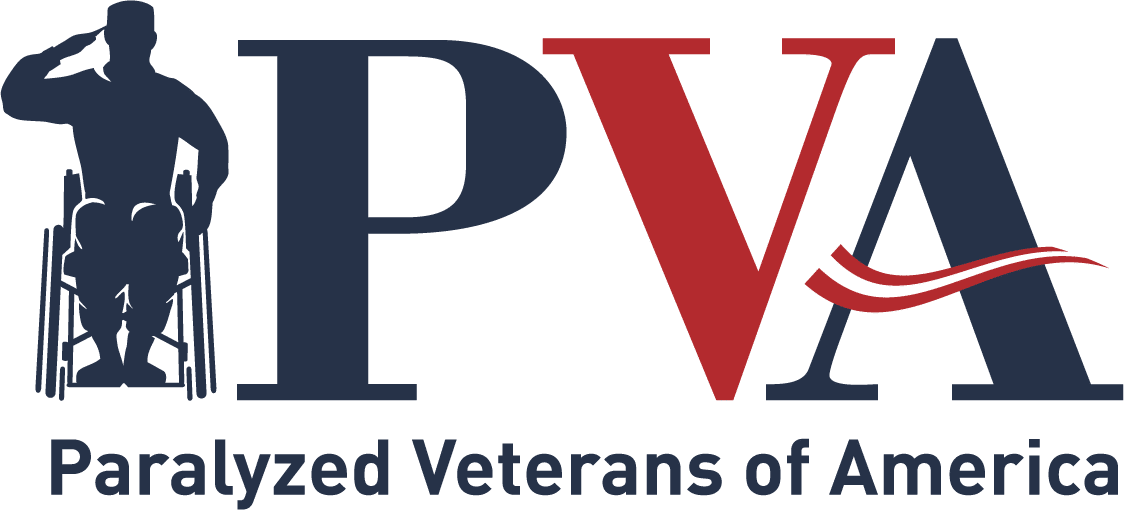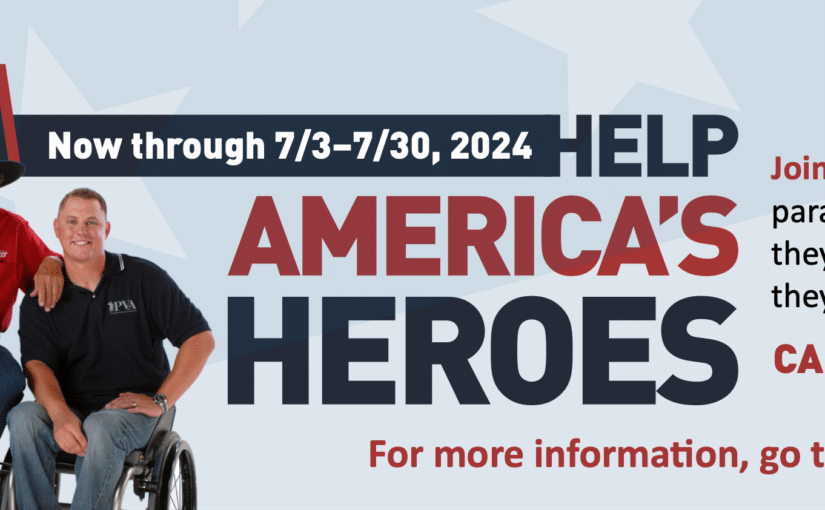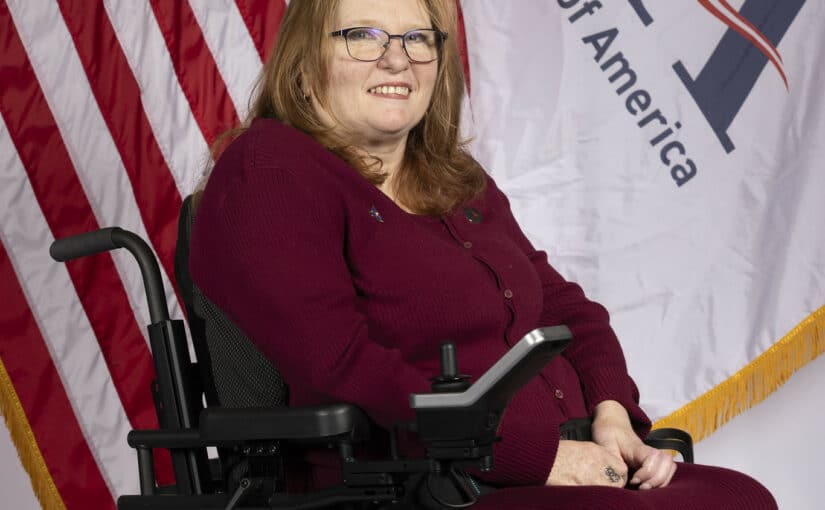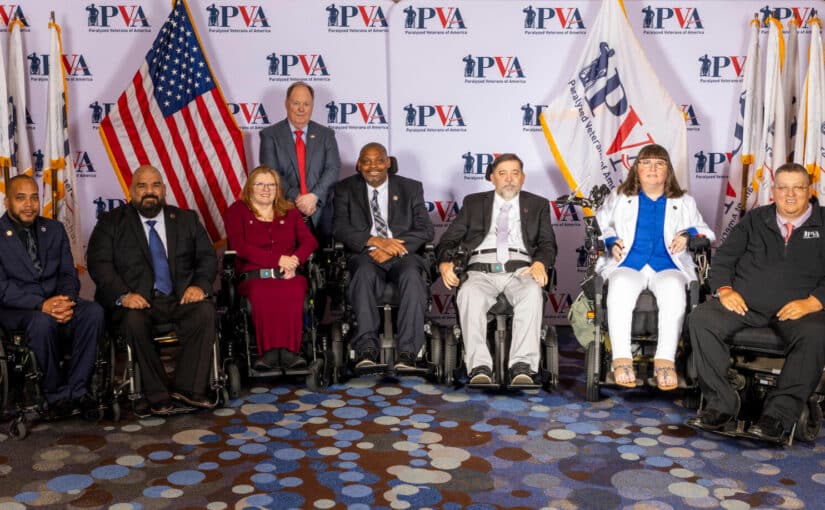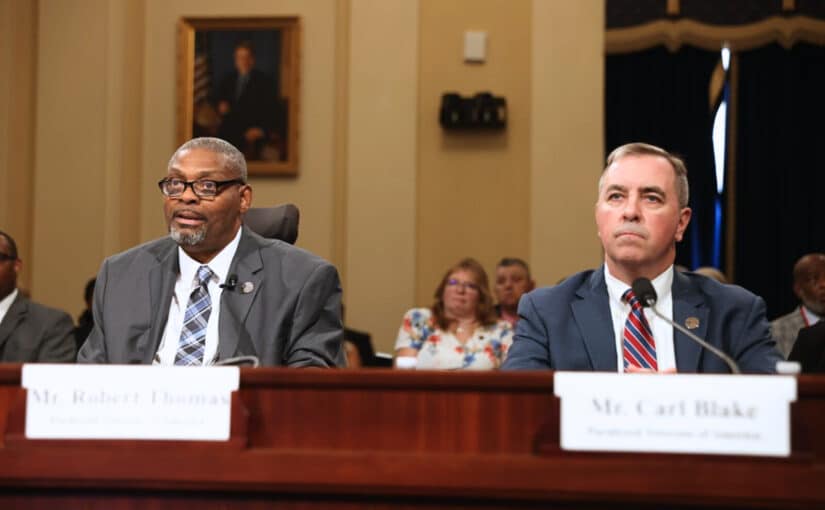Conference Focuses on Progress, Challenges of Americans with Disabilities Act
Representatives of disability organizations, governmental agencies, and corporations, including Paralyzed Veterans of America, gathered in Baltimore Sept. 17-18, 2015, for a briefing about the status of the 1990 Americans with Disabilities Act (ADA).
The 22nd annual Mid-Atlantic ADA Update, hosted by the Mid-Atlantic ADA Center, brought together individuals from the mid-Atlantic region and around the country to discuss the status of the ADA and the work that remains to ensure the ADA and related laws are implemented as intended, thereby securing a society that is fully inclusive and accessible to all people with disabilities.
“We spent all of July celebrating,” Heather Ansley, associate general counsel for corporate and government relations for Paralyzed Veterans of America, said of the ADA, which marked its 25th anniversary on July 26, 2015. “After that, we asked ‘Now what?’ The conference was about how we move forward.”
Among action items addressed at the 22nd conference was passage of the Convention on the Rights for Persons with Disabilities (CRPD), a treaty modeled after the ADA that would promote and protect the rights of people with disabilities in 150 countries. The United States is one of only a few countries that have not yet ratified it.
“Sen. Harkin, the author of the ADA, in his farewell speech to the Senate left key challenges, which included enhancing the employment of people with disabilities and passing the CRPD,” Ansley said.
Other conference discussions – including the keynote speech by Michael Gamel-McCormick, associate executive director for research and policy at the Association of University Centers on Disabilities – centered around improving upon existing laws related to the ADA, particularly the 1986 Air Carrier Access Act (ACAA), which nearly 30 years later still faces implementation challenges, Ansley said.
“A lot of disability advocates don’t necessarily focus on the ACAA but rather the ADA,” she said. “But as we move into the 29th anniversary of the ACAA, bringing access to air travel into the 21st century has been flagged as a top area of concern that needs to be addressed moving forward.”
Representatives of the United States Access Board also indicated that some long-time rules affecting disability access are close to being finalized. Those rules include guidelines on public rights of way and shared use paths, as well as modifying medical diagnostic equipment such as x-ray machines to ensure accessibility for people with disabilities. “A lot of these rules are important for wheelchair users, and it looks like the Access Board is moving close to having some finality on them,” Ansley said.
Employment also was presented as a hot-button issue at the conference, with several human resources professionals and government executives leading the charge for how public and private organizations can best accommodate people with disabilities in the workplace, Ansley said.
Other key actions items looking forward include improving community-based services and long-term services and supports, boosting appropriations for disability programs, expanding transportation access and improving employment prospects for youth with disabilities.
“We talked about Emilea Hillman, a 26-year-old with a disability who owns a coffee shop in Independence, Iowa,” Ansley said. “We want more stories like hers to be told, so the conference was really about how we make that happen as we move into year 26 of the ADA.”
